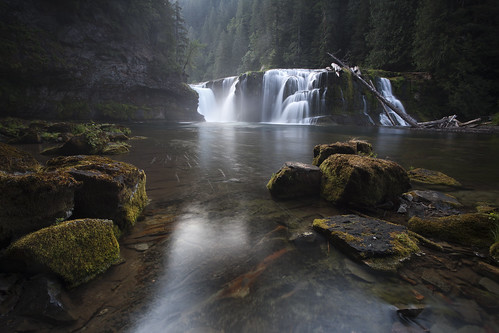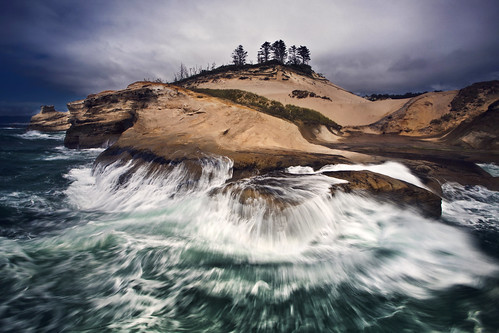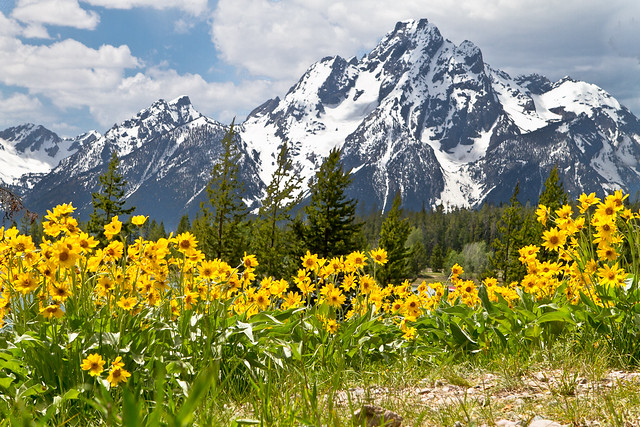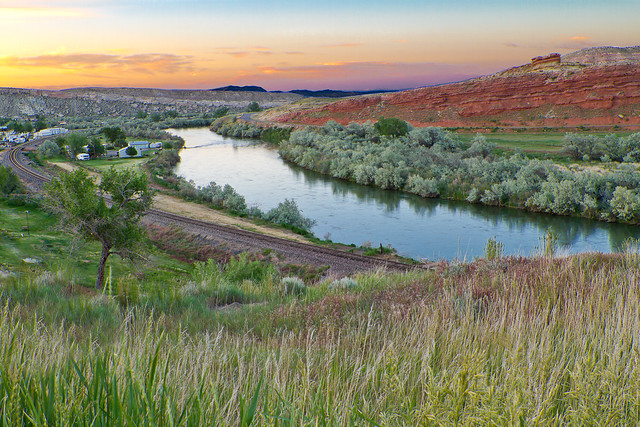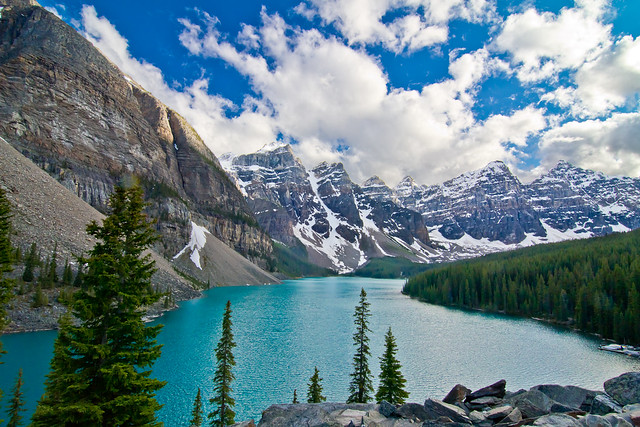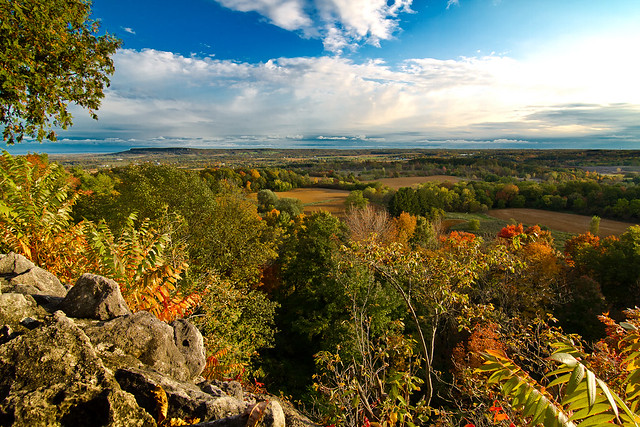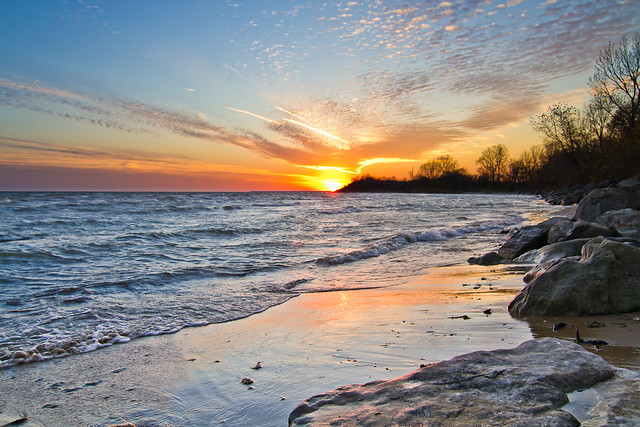ions said:
I love your stuff pinnacle but "crushes" is a bit of a stretch to say the least.
"Despite its technical obsolescence, the image output of original 5D still
crushes any crop sensor out there for landscape work. The lack of sensor cleaning and live view are the most significant drawbacks. But if you really want to get into landscape photography, the 5D classic is the most economical route to get the best output."
I'm not trying to start a flame war or anything, I'm just detailing why I claimed what I did. I stand by what I said for the following reasons.
1) The 5D has cleaner images at every ISO setting compared to any APS-C camera. This has additional benefits for long exposures or when doing landscape work under windy conditions. The ability to shoot clean, motion blur free landscapes (if needed) with ISO-800-1000 is very handy in a pinch. We have all been there when the light is perfect but the trees and foliage won't stay still (assuming you want them to be still). Full frame sensors in general are roughly 1.5-2 stops cleaner throughout their ISO range.
2) Sharper output. The original 5D has a rather weak anti-aliasing filter which results in significantly sharper images at a per-pixel level.
3) ISO-50 allows for longer exposures under the same lighting conditions (particularly useful for waterfalls). This also lets you use the f/8-f/11 range, allowing one to avoid the diffraction riddled f/16 and smaller apertures.
4) Better ultra wide angle options than APS-C. While APS-C is undeniably useful for wildlife, sports, and other telephoto applications, the platform suffers at the wide end. I know some people will disagree here, and people's satisfaction with lens output varies significantly...but when making 20x30 prints, it becomes obvious rather quickly when a lens is falling short of ideal performance.
All the 10-22/24mm zooms are less than stellar (the Canon is probably the best at 10mm), and while many fisheye lenses are suitably wide, they are a poor substitute for a true wide angle. The Tokina 11-16mm f/2.8 and perhaps the 12-24mm f/4 are probably the best APS-C options available. Once one moves to more moderate focal lengths the situation becomes much better. The Canon 17-55 f/2.8 and Tamron 17-50 (original, non-stabilized version) work well.
Full frame however is a rather different story. While the more obvious 17-40L and 16-35L are still rather disappointing, on full frame the suitable options list is much larger than APS-C. The Samyang 14mm f/2.8 is truly excellent in resolution and price (less so for distortion), the Zeiss 2.8/21, 2/28, and 2/35 (it is perhaps a bit too soon to tell on the 1.4/35) all are great for landscape work (with the 2.8/21 maintaining somewhat legendary status), the Tokina 16-28mm f/2.8 performs well (the downside is the domed front element, preventing practical filter use), and lastly the tilt and shift 17 and 24mm options from Canon are both excellent.
Lastly, and this is my opinion, I will mention that most primes seem to be more satisfactory at their true focal length than with crop. I'm sure others will disagree about this.
5) The larger sensor size helps convey a greater sense of depth than smaller, APS-C offerings. The larger the sensor/film size, usually the more 3 dimensional a shot will feel. Comparatively, APS-C and smaller sensors have very flat looking output (to my eye at least). Lenses also play a significant factor here (the Zeiss 2/35 comes to mind).
So those are my reasons for regarding full frame as superior for landscape applications. I consider the 5D (classic) to be the best bargain in the camera word right now...It does have disadvantages, which considering it's age in the digital world is hardly surprising. If one can get by without sensor cleaning, live view, and a spiffy new LCD screen, the 5D classic is certainly worth considering.

